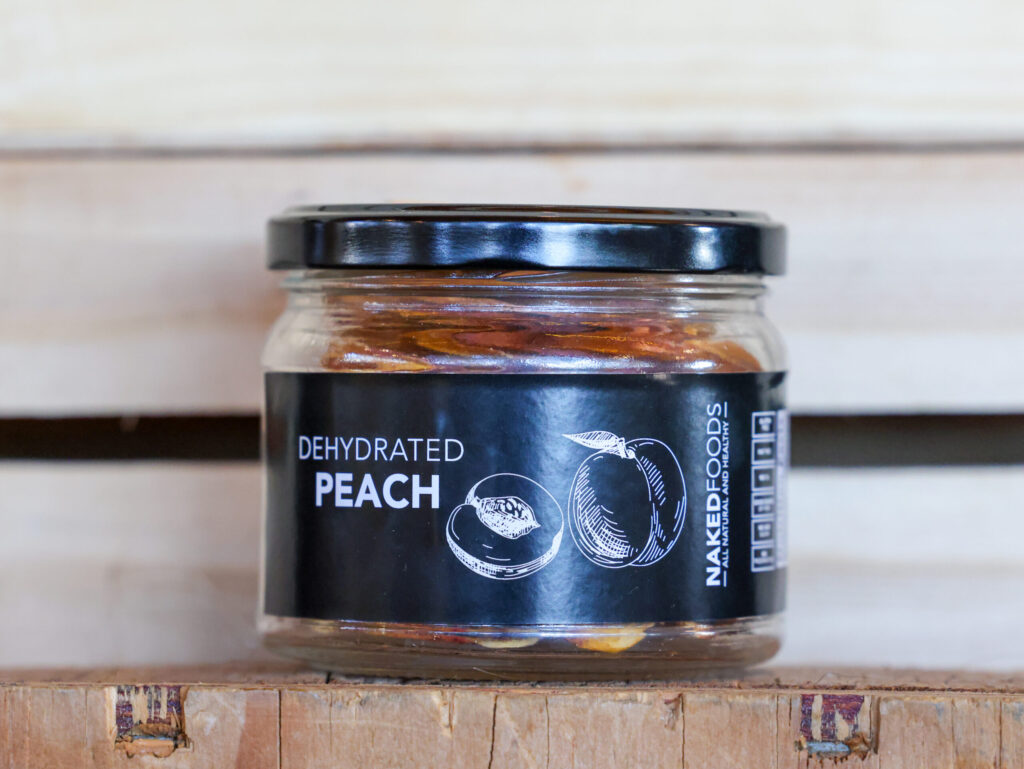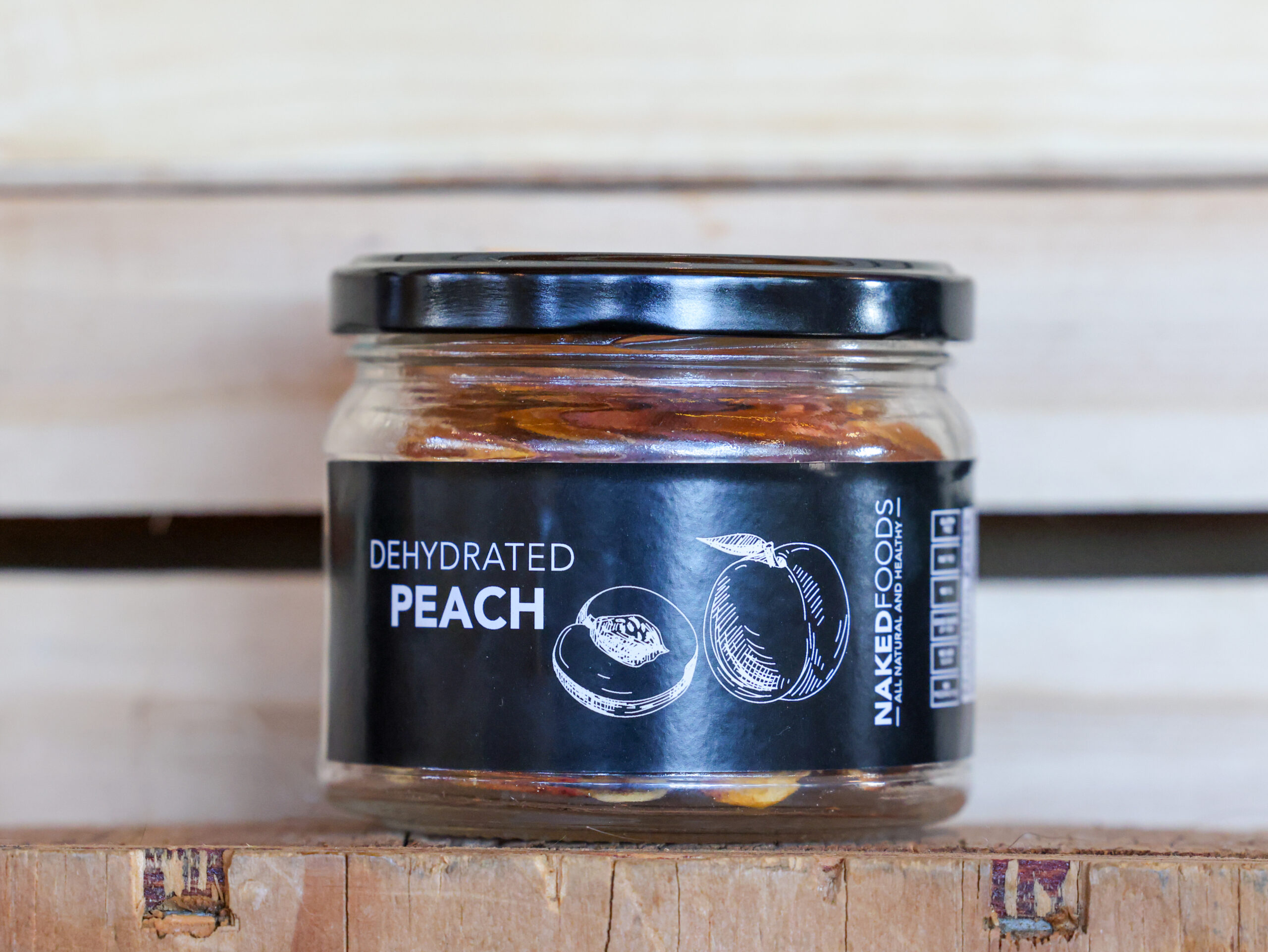
Why Are My Peach Jars Leaking? Troubleshooting and Prevention Guide
The disappointment of discovering leaking peach jars after a canning session is something no home canner wants to experience. All that effort, the beautiful fruit, and the anticipation of enjoying homemade preserves throughout the year – dashed by a faulty seal. Understanding why your peach jars might be leaking is crucial for ensuring food safety and preventing future spoilage. This comprehensive guide will delve into the common causes of leaking peach jars, offering practical troubleshooting steps and preventative measures to help you achieve canning success every time.
Understanding the Basics of Canning and Jar Sealing
Before diving into the specifics of leaks, it’s important to understand the fundamental principles behind successful canning. Canning involves creating a vacuum seal that prevents microorganisms from entering the jar and spoiling the food. This is achieved through a combination of heat processing and the proper use of canning jars, lids, and bands.
The process typically involves the following steps:
- Preparing the Jars: Jars are thoroughly cleaned and sterilized.
- Filling the Jars: Food is packed into the jars, leaving appropriate headspace (the space between the food and the lid).
- Releasing Air Bubbles: Air bubbles are removed from the jar to ensure proper heat penetration and sealing.
- Wiping the Jar Rim: The jar rim is wiped clean to ensure a good seal.
- Applying the Lid and Band: A flat lid with sealing compound is placed on the jar, and a metal band is screwed on fingertip-tight (not too tight).
- Processing in a Water Bath or Pressure Canner: The jars are processed in a boiling water bath canner or pressure canner for the recommended time, depending on the food being canned.
- Cooling and Checking the Seal: After processing, the jars are allowed to cool completely. The seal is then checked by pressing on the center of the lid. If the lid doesn’t flex or pop, it’s properly sealed.
Any deviation from these steps can increase the risk of peach jars leaking.
Common Causes of Leaking Peach Jars
Several factors can contribute to leaking peach jars. Here are some of the most common culprits:
Improper Headspace
Headspace is the empty space between the top of the food and the underside of the lid. Insufficient headspace can cause food to expand during processing, forcing liquid out of the jar and preventing a proper seal. Excessive headspace can also lead to issues, as there may not be enough air removed to create a strong vacuum. Always follow the recommended headspace guidelines for the specific recipe you are using. For most fruit preserves, this is usually around ½ inch.
Overfilling the Jars
Closely related to headspace, overfilling jars leaves insufficient room for expansion. The contents of the jar will press against the lid during processing, potentially preventing a good seal and causing leaks. Ensure you are filling the jars to the recommended level, leaving the appropriate headspace.
Damaged or Defective Lids
Lids are a critical component of the sealing process. Any damage to the sealing compound (the rubbery ring on the underside of the lid) can compromise the seal. Inspect lids carefully before use, looking for dents, scratches, or any other imperfections. Never reuse lids, as the sealing compound is designed for single use. [See also: Canning Lid Alternatives]
Improper Jar Preparation
Cleanliness is essential for successful canning. Dirty jar rims can prevent the lid from sealing properly. Before applying the lid, wipe the jar rim with a clean, damp cloth to remove any food particles or residue. Also, ensure the jars are free from cracks or chips, especially around the rim.
Incorrect Tightening of Bands
The bands (also known as rings) hold the lid in place during processing. It’s crucial to tighten the bands to the correct degree – fingertip-tight. Overtightening the bands can prevent air from escaping during processing, which can lead to buckling or leaking peach jars. Undertightening can result in a weak seal. Fingertip-tight means tightening the band until you feel resistance, then tightening it just a little bit more.
Inadequate Processing Time or Temperature
Processing time and temperature are critical for killing harmful bacteria and creating a vacuum seal. If the jars are not processed for the recommended time or at the correct temperature, the food may not be properly preserved, and the seal may fail. Always follow the processing times and temperatures specified in a reliable canning recipe. Make sure your canner is functioning correctly and that you are using an accurate thermometer.
Fluctuations in Canner Temperature
Sudden changes in temperature during processing can also cause peach jars to leak. Avoid rapidly increasing or decreasing the heat, and maintain a consistent temperature throughout the processing time. After processing, allow the canner to cool gradually before removing the jars.
Altitude Adjustments
Altitude affects the boiling point of water. At higher altitudes, water boils at a lower temperature, which can impact processing times. If you live at an altitude above 1,000 feet, you’ll need to adjust the processing time accordingly. Consult a reputable canning guide for altitude adjustment recommendations.
Cooling Jars Too Quickly
Rapid cooling can cause the jars to contract too quickly, potentially breaking the seal or even cracking the jar. After processing, allow the jars to cool slowly and naturally. Avoid placing hot jars on a cold surface or exposing them to drafts.
Troubleshooting Leaking Peach Jars: A Step-by-Step Guide
If you discover leaking peach jars after processing, take the following steps:
- Identify the Leaking Jars: Carefully inspect all the jars for signs of leakage. This may include liquid around the lid, a loose lid, or a lid that flexes when pressed.
- Assess the Extent of the Leak: Is it a minor leak or a significant one? This will help determine the next course of action.
- For Minor Leaks (Small Amount of Liquid): If the leak is minor and the lid is still sealed, you can often reprocess the jar within 24 hours. Remove the lid, check the jar rim for any imperfections, wipe it clean, and apply a new lid and band. Reprocess for the full recommended time.
- For Significant Leaks (Lid Not Sealed or Large Amount of Liquid): If the lid is not sealed or there is a significant amount of liquid, the contents of the jar may not be safe to eat. In this case, it’s best to discard the contents.
- Consider Refrigerating Unsealed Jars: If you choose not to discard the contents of an unsealed jar immediately, you can refrigerate it and consume it within a few days.
Preventative Measures for Future Canning Success
Preventing peach jars from leaking in the first place is always the best approach. Here are some preventative measures you can take:
- Use High-Quality Jars and Lids: Invest in good-quality canning jars and lids from reputable brands. Avoid using jars with cracks or chips. Always use new lids for each canning session.
- Follow Recipes Carefully: Adhere to the recommended headspace, processing time, and temperature specified in a tested canning recipe. Do not deviate from the recipe.
- Prepare Jars and Lids Properly: Thoroughly clean and sterilize jars before use. Inspect lids for any damage. Wipe jar rims clean before applying lids.
- Tighten Bands Correctly: Tighten bands fingertip-tight – not too tight and not too loose.
- Maintain Consistent Canner Temperature: Avoid rapid temperature fluctuations during processing.
- Adjust for Altitude: If you live at a high altitude, adjust processing times accordingly.
- Cool Jars Gradually: Allow jars to cool slowly and naturally after processing.
- Double-Check Seals: After the jars have cooled completely, check the seals by pressing on the center of the lid. If the lid doesn’t flex or pop, it’s properly sealed.
- Store Jars Properly: Store sealed jars in a cool, dark, and dry place.
The Importance of Food Safety
Canning is a method of food preservation that requires careful attention to detail. Improperly canned food can harbor dangerous bacteria, such as *Clostridium botulinum*, which can cause botulism, a serious and potentially fatal illness. Always follow safe canning practices to ensure the safety of your home-canned goods.
Conclusion
Discovering leaking peach jars can be frustrating, but understanding the potential causes and taking preventative measures can significantly reduce the risk of it happening. By following the guidelines outlined in this article, you can troubleshoot existing leaks and prevent future issues, ensuring that your home-canned peaches are safe, delicious, and enjoyed for months to come. Remember to prioritize food safety and always consult reliable canning resources for the most up-to-date information. Don’t let leaking peach jars discourage you; with careful preparation and attention to detail, you can master the art of home canning and enjoy the fruits (literally!) of your labor.

